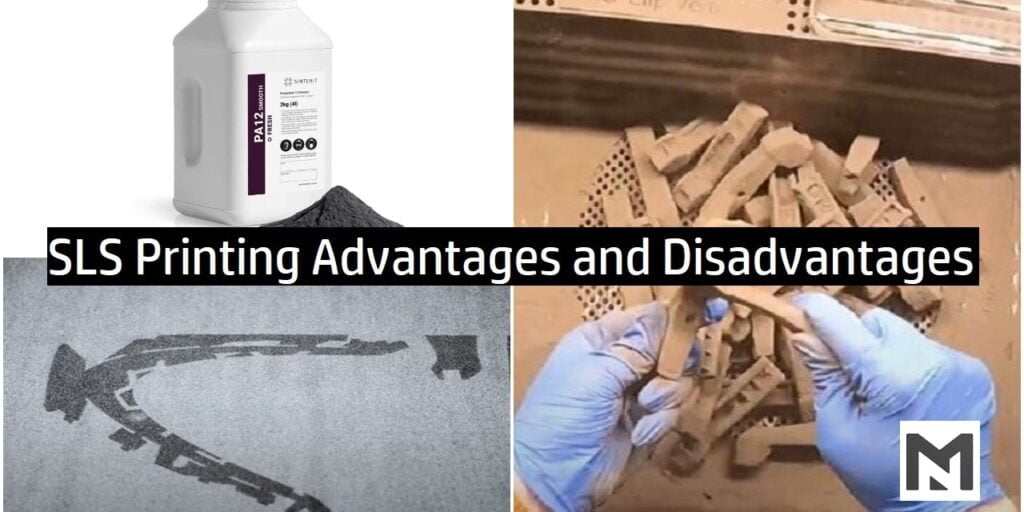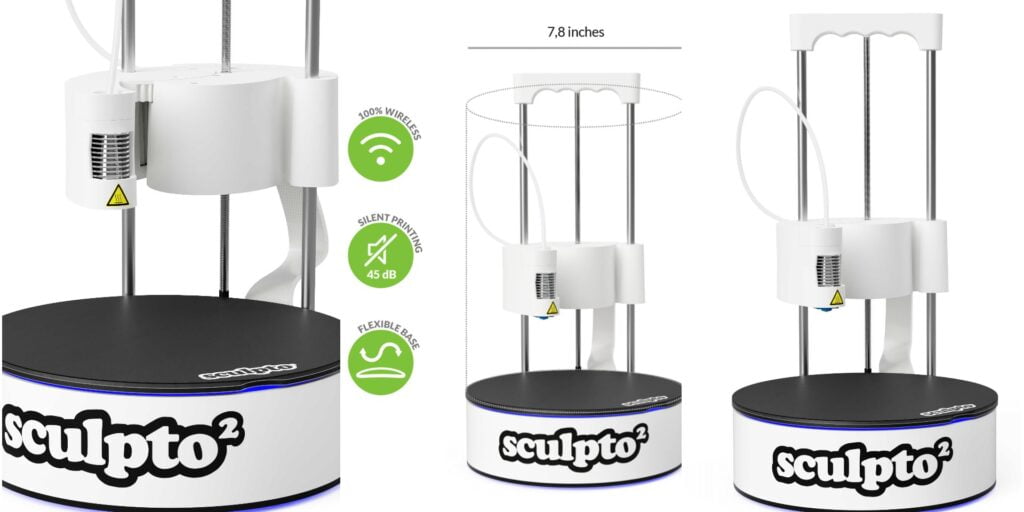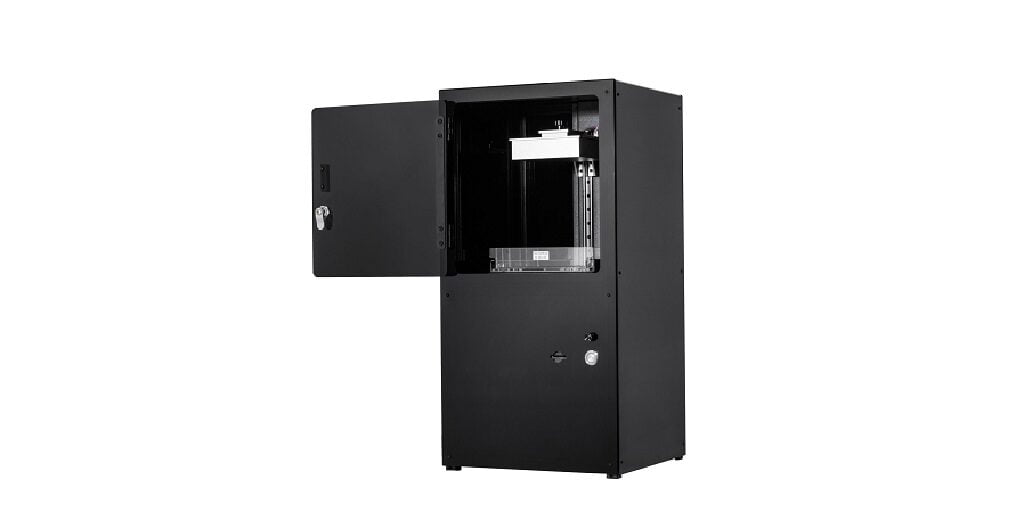SLS 3D printing is a very new and advanced 3D printing technology that is gaining popularity these days amongst 3D printing enthusiasts. If you also are thinking to try SLS 3D printing and want to know about the advantages and disadvantages of SLS 3D printing then you are at the right place. In this post, we will discuss SLS’s major advantages and disadvantages in a very simple way.
Main Advantage & Disadvantage of SLS 3D Printing
The main advantage of the SLS 3D printer is the ease of batch printing and no need for supports. The main disadvantage of the SLS 3D printer is the unavailability of many options in raw material and the post-printing cleaning process.
There are many other advantages and disadvantages of SLS 3D printing which we will discuss along with the above-mentioned one by one.
Advantages & Disadvantages of SLS In A Nutshell
| S.No. | SLS Advantages | SLS Disadvantages |
|---|---|---|
| 1. | Batch printing is easy. | Variety in the raw material is limited. |
| 2. | No need for supports. | Shifting from FDM / SLA to SLS is difficult. |
| 3. | Extremely detailed prints. | Material recycling is not possible. |
| 4. | Best for experimental use. | Potential health hazards. |
| 5. | Very fast 3D printing. | 3D prints are brittle in nature. |
| 6. | Robust 3D Printed parts. | Post-Processing procedures are difficult. |
| 7. | High dimensional accuracy. | |
| 8. | The cost of printing is comparatively Low. |
SLS 3D Printing In Short
SLS stands for Selective Laser Sintering. An SLS printer works in a very straightforward manner, polymer powder is utilized as a raw material (generally PA-12) in the production process. A high-power laser is used to bind these powder particles together. A flatbed and roller with nozzles on the SLS printer disseminate and level the powder all over the printer bed. Its high-power laser pointer is controlled by two motorized mirrors at the top of the construction chamber.
It also contains a heater in the bed that is used to pre-heat the polymer powder it is done to ensure that warping is minimized. It also keeps powder steady when a high-powered laser is used to zap it with energy. The layer is then traced on the polymer powder using a high-powered laser. This laser melts and bonds the polymer particles together.
For the next layer, the bed surface is lowered by a layer’s height and powder is coated again with a roller and applied evenly, then laser sketches the next layer on it. This process is repeated till the 3d model is complete.

To get a more detailed working knowledge of SLS 3D Printing follow – SLS Printer Working in Detail.
SLS Printing Advantages In Detail
No Supports Needed
In SLS printing technology the 3D model is printed between the powder raw material layer by layer thus there is no need for supports to hold overhangs or other parts of the model. As the 3D model is carved layer by layer a complete layer of powder is coated every time which is fused together according to the model with the help of a laser. This leaves the untreated powder in between the layers.
This extra powder in between the 3D model has both advantages and disadvantages, for the plus point it gives support to the next layer if needed, and thus there is no need of designing supports in SLS 3D printing as we do in FDM or SLA 3D printing. But, this also increases our post-processing work of removing powder stuck inside of prints, we will discuss this in its respective heading below.

Detailed Printing
The SLS 3D printing technology uses a laser for treating the raw material i.e. Nylon powder, the precision that we can get from SLS printers is very high.
With the help of the laser, SLS 3D printers could operate for layer heights between 50 microns to 200 microns and that too with tolerance limits of 3%. Also as there is no need for supports you could try difficult irregular shapes here without any difficulty and each time you will get very detailed 3D prints.
Batch Printing
SLS 3D printers which are made for personal or normal use have a printing volume of 165x165x300 (mm3), now if your 3D model’s dimension is much smaller than this suppose 50x50x50 mm3 then you could easily fit many (say 50) models at a time in the volume of the printer You should take proper gaping and time into consideration before starting 3D prints.
This is possible as first there is no need for supports, the second laser is used to bind nylon particles (raw material) with each other thus there is no layer adhesion problem and it could easily work on a wide area.
Below is a picture of 25 replicas of a single 3D model in one go in an SLS 3D printer.
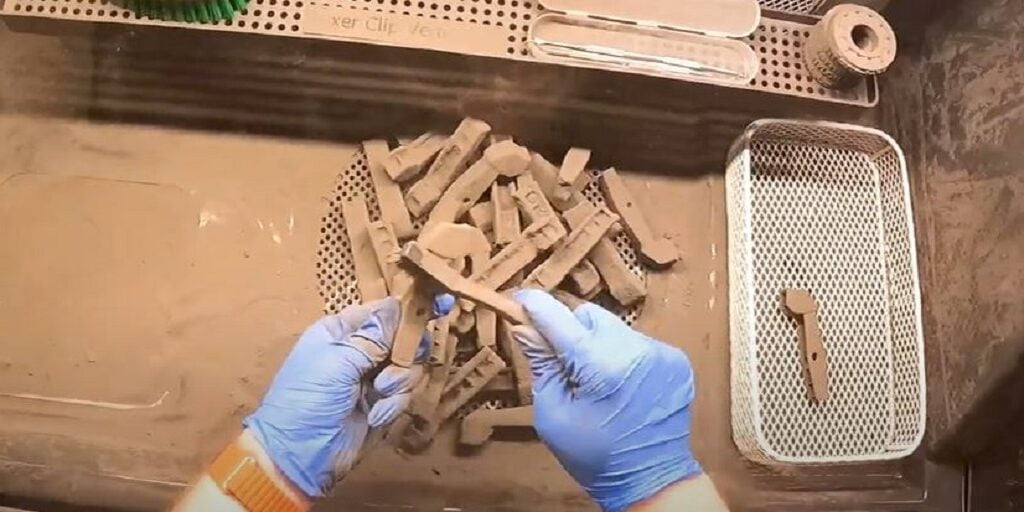
Fast Printing
Although SLS printers are not the fastest 3D printers in the industry still they give pretty high printing speeds. Generally, SLS printers print in the range of 20mm/hr to 48mm/hr with the help of high-powered lasers.
The raw material used in SLS 3D printers sets very rapidly once treated with a high-power laser beam. The raw material is also preheated in the bed to avoid warping. This pre-heating also escalates the printing process.
Robust Prints
The 3D prints obtained from SLS 3d printers are very robust and thus they are preferred for experimentation and prototyping purposes. All of the prints obtained from SLS printers are having industry-level strength and mechanical properties.
The strength and robustness of 3D prints come from the raw material used i.e. Nylon powder (PA-12), this powder binds together when melted due to the laser beam and forms a very strong bond between layers of the prints.
Mechanically stating the SLS 3D prints generally have the tensile strength of 47.8 MPa and an elastic modulus of 1.75 GPa. Although this could change depending upon the raw material used. But, this rigidity makes it prone to break when elongated we will discuss this nature of SLS prints as a disadvantage below.
Cost Of Printing
The cost of printing with SLS printers is in between FDM and SLA 3D printers. The printing cost of the same model is higher than FDM printers but lower than SLA printers.
The initial purchasing cost of buying SLS printers is much higher than SLA printers i.e. approximately $15,000 and $11,500 respectively. But the raw material cost of resin printers is around $200 per KG while that of SLS’s nylon powder costs around $100 per KG. This makes SLS printers cost-effective in the longer run.
Also, the SLA printers need post-processing machines like UV treatment, etc. which also cost a good amount. If you want to know more follow our blog on Resin printing costs involved.
SLS Printing Disadvantages In Detail
Limitation In Raw-Material
The variety of raw materials available for SLS 3D printers is very restricted, currently, there are only three popular and widely used powders i.e. PA-12, PA-11, and PEEK. Out of these three PA-12 is most widely used. Also, the color options are very limited, currently, it is available only in greyish metal color.
Other Mechanical Properties of PA-12
- Tensile strength, XYZ: 48 MPa/6960 psi
- Tensile modulus, XY: 1700 MPa/247 ksi
- Elongation at break, XY: 20%
- IZOD impact strength: 3.5 k J/m2
- Heat Deflection (@0.45 MPa, 66 psi), XY: 175 ºC/347 ºF
Source: Fastradius.com
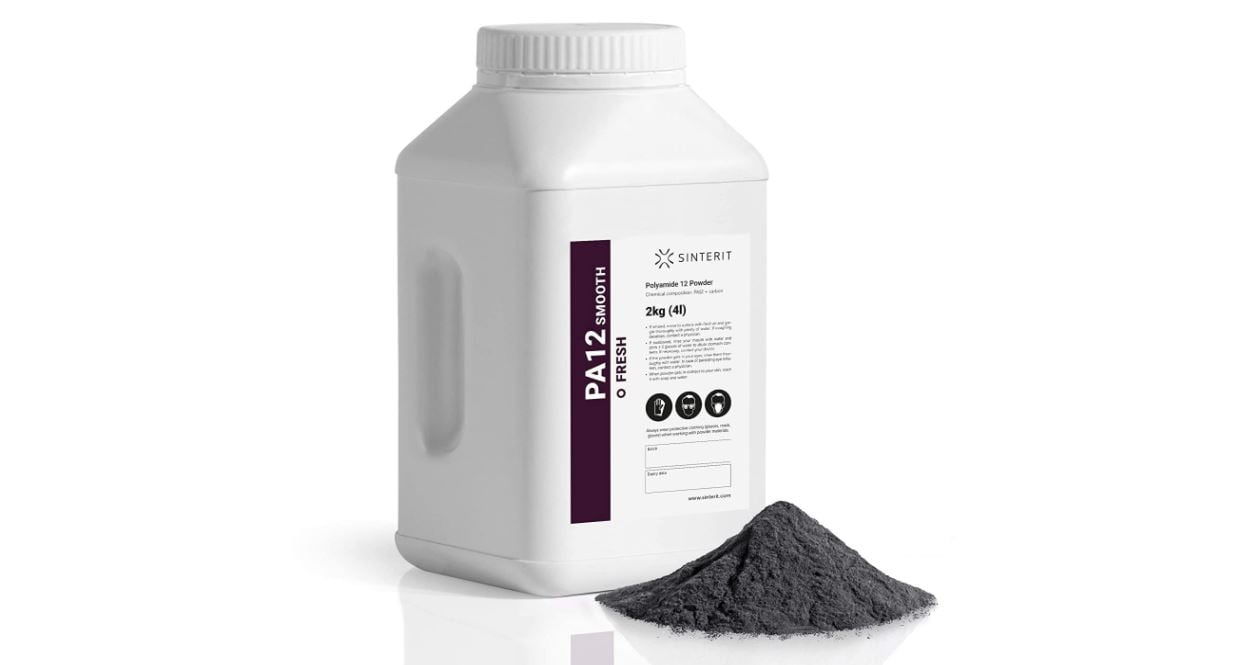
Learning Curve Is Different
When shifting from FDM or SLA 3D printers to SLS printers there are things that are very different like print orientation, no use of support structures, post-processing methods, etc.
Also, the part cleaning and part finishing processes are very different from FDM and SLA printers post-processing. In FDM and SLA both removals of structures and other pre-printing options are pretty the same thus there is not much methodology difference.
No Recycling Option
Currently, there is no recycling option or procedure for SLS 3d prints but research is continuously going on and we will update once we get something substantial. Although recycling is not an option in SLS printers the waste of raw material is very little or negligible thus many people count SLS prints as recyclable as you can use unsintered powder in new prints with little mixing of new powder i.e. 15%-20%.
The mixing of new powder with old is done to maintain the print quality of the 3D prints, although you can print with recovered powder, we will not recommend you to do so.
Health Factors
SLS printer’s raw material is nylon powder which contains very fine particles and thus could be dangerous if inhaled while working. Thus, it is always advised by manufacturers and also by us to wear proper protective gear while working with SLS 3D printers.
It is best to wear gloves, an air filter mask, and proper body covering. Air-filter mask is the most important of them all because even if you are very precautions while cleaning the parts after printing for excess powder it can easily spread in surrounding and enter through your mouth and nose.
To prevent yourself even further and clean parts more effectively without any wastage of raw material you should look at Sinterit’s power handling station. It is an all-in-one workstation for SLS printing, it has a cleaning station, a powder mixing apparatus, and every other necessary tool.
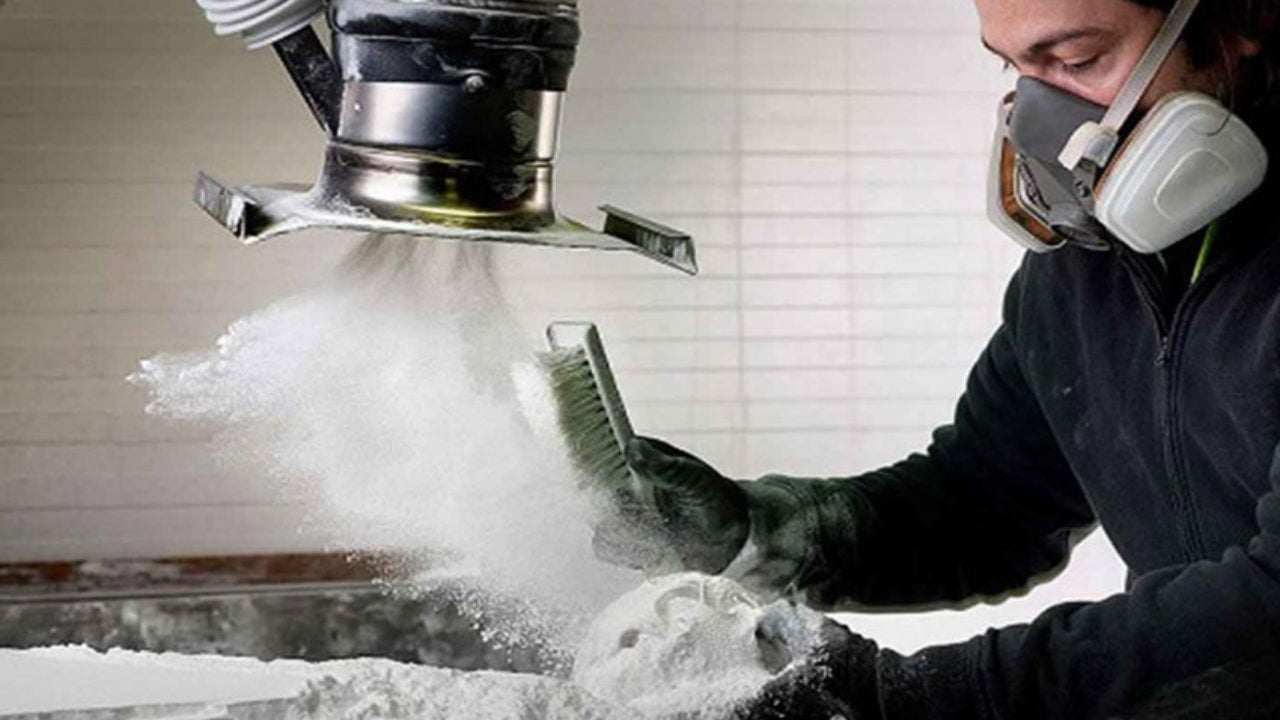
Cost of SLS Printing
The SLS printers can be costly and pocket-friendly. If you look at the initial cost of purchase of benchtop SLS 3D printer then currently it is very costly, they easily cost around $15,000 to $18,000. The initial purchase is much more in comparison to SLA and FDM 3D printers.
But, when you compare cost per print then SLS printers are cost-effective than SLA printers. This is because the raw material i.e. Nylon Powder costs around $100 per Kg, while resin in SLA printers costs around $180 per Kg.
Post-Processing Methods
The 3D parts produced from SLS printing are rough and robust thus they are mainly used for mechanical and testing purposes. While many peoples don’t prefer post-processing as they use prints for testing purposes mainly, but if you want them for presentation purposes then some post-processing is required like sandblasting and coloring.
Sand-blasting or bead-blasting is done to smoothen the surface of the print, also the coloring is done to make the print more appealable as the prints obtained from SLS are monotonous greyish metallic colors. There are many other post-processing methodologies that are applied as required like water tightness, metal plating, etc.
FAQ
The best advantage of an SLS 3D printer is batch printing, you could easily print multiple models at a time without any difficulty.
The SLS 3D printers are mostly preferred when robustness is required, mostly they are used in experimentation and practical uses.
The one main disadvantage of the SLS printer is its raw material, currently, there are three common types of powder available in the market i.e. PA-11, PA-12, PEEK also there are not many color choices available.
Conclusion
From this post on “SLS Printing Advantages and Disadvantages“, we hope that most of the things are clear to you. In case there is any doubt please ask in the comment box below.
Thank You.


